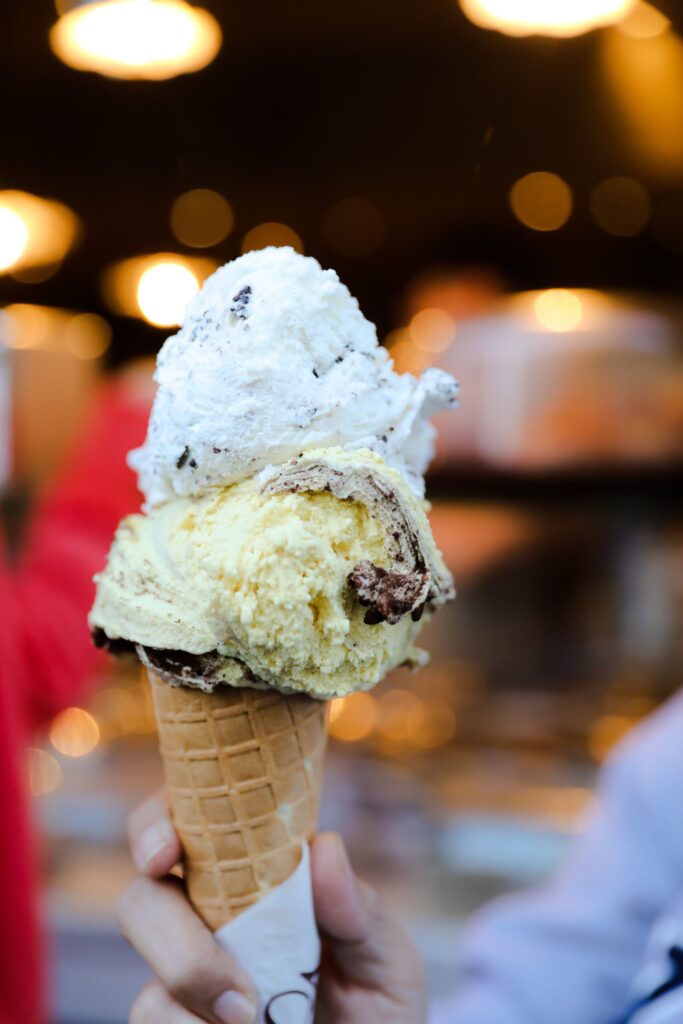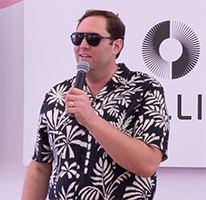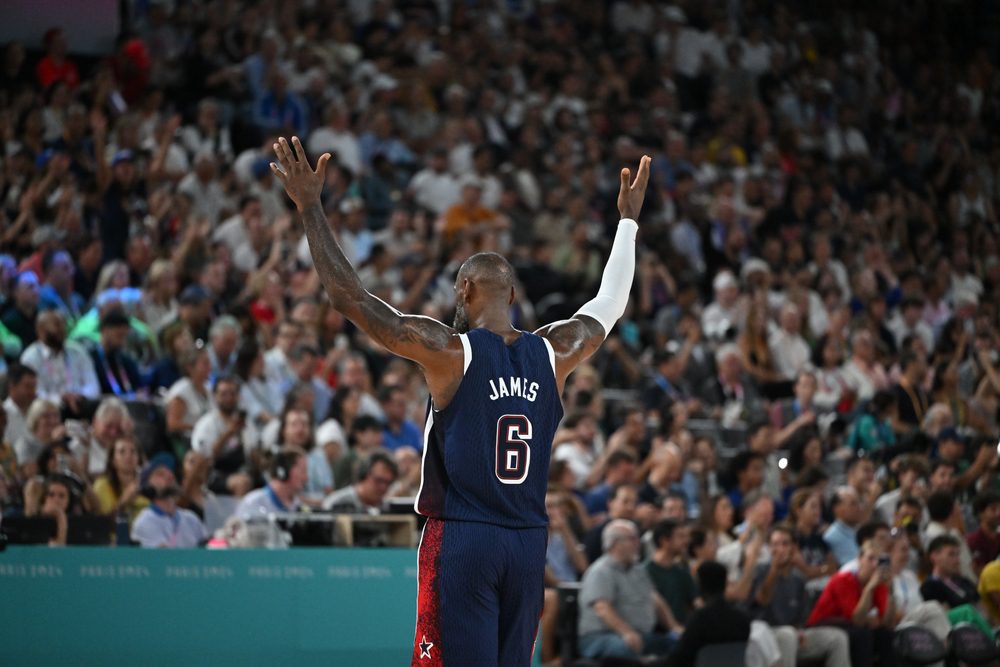Age is an essential data point when targeting consumers. But advertisers who have pre-fixed ideas about what a baby boomer looks like may be in for a rude awakening as younger-thinking citizens age into this cohort.
Take the oldest boomers, those born between 1946 and 1954. They're a lot more active—and a lot more computer-savvy—than previous generations of consumers in their mid-50s and mid-60s. Linda Armstrong, an executive vice president and practice leader at DMW Direct who specializes in health and age-targeted product launches, spoke with Chief Marketer about specific considerations marketers should mull when appealing to this group.
CHIEF MARKETER: What defines older baby boomers?
ARMSTRONG: They were the forefront of the questioning period of the '60s. They're less likely to take things at face value, and less likely to be brand loyal than previous generations.
A lot of our clients have very well known brands. We counsel them that they can't rely on "if I stamp my name on it, they will come." They need to make sure the products and services they put together are meeting the needs of this population.
Although we are talking about them being part of a generation, they really don't like to feel grouped in. It's the whole Me Generation thing. However you communicate, they should feel it is for them personally, not because they are part of some larger whole.
CM: How do effective creative approaches for this market differ from others?
ARMSTRONG: Advertisers have tried the nostalgia approach. It's not that nostalgia is wrong, it's the way it is done. The context has to be, that was great, but this is now. Most people in this generation don't like to particularly be reminded of the past, because it is almost a reminder of how old they are.
Make sure they can read your creative. Anything you do that creates a stumbling block or makes them feel old will cause them to go to someone who doesn't make them feel that way. When doing direct mail I say to our art department, don't reverse out a lot of type. Type sizes need to be larger. That holds for Web sites as well, which should be clear and easy to follow.
CM: What about the visual imagery?
ARMSTRONG: Photography should show aspirations. They may not look like it, but it better be a younger-looking person than you could get away with in the past.
Remember the old Life Alert campaign "I've fallen and I can't get up"? Just recently I saw a new ad from them. Instead of the usual old-looking woman, there is a vibrant boomer-looking woman touting [their service] as something she needs. And the tag line "I've fallen and I can't get up" is in tiny type, reversed out so boomers can't read it. This ad is about living alone and wanting to be taken care of. It has a very different look from what they have done in the past.
 Here's something to note about the word senior. If someone could come up with another word, there would be millions of dollars in it for them, because this generation of seniors does not want to be called seniors. For the "forever young" generation, that's not going to do it.
Here's something to note about the word senior. If someone could come up with another word, there would be millions of dollars in it for them, because this generation of seniors does not want to be called seniors. For the "forever young" generation, that's not going to do it.
CM: How have demographic changes during the last few years in this generation affected advertising design?
ARMSTRONG: The number of divorced people in this market is very high. Consider the old way of showing seniors as a happy couple together. Marketers need to mix it up. There need to be versions of ads, when appropriate, that show a group of women doing things, or a single woman or a single man. This is a generation that saw a large degree of divorce. The happy couple going to their 50th wedding anniversary is not really there as much.
Depending on the product, a marketer may want to consider that some of these people have gone off to create new families and might have children who aren't very old.
And consider medical marketing. A Medicare plan may have something like a hearing aid benefit, but [boomers] don't want to see something that reminds them that they are older. They'd rather see the yoga or exercise programs. Bring to the forefront the things they find more interesting, and put the benefits that might be considered "old" at the bottom of the list.
CM: To what types of marketing techniques are the senior market particularly responsive?
ARMSTRONG: This is a TV generation. It was raised on TV. Boomers were plopped in front of it from the time they were little. It's a stimulating medium. But the thing is, you need to attract them and not be out there with an ad for the younger generation. Or which doesn't have people who are a little more mature.
And there's a difference between how they use the Internet, compared with younger generations. Younger people use the Internet as a media center. They listen to music or watch televisions shows or movies. This market goes online to get information. Boomers are on WebMD, seeing what type of disease they have–this goes to the whole skeptical thing. They're making doctors crazy—"Shouldn't I be getting this medication?"
 Network
Network

